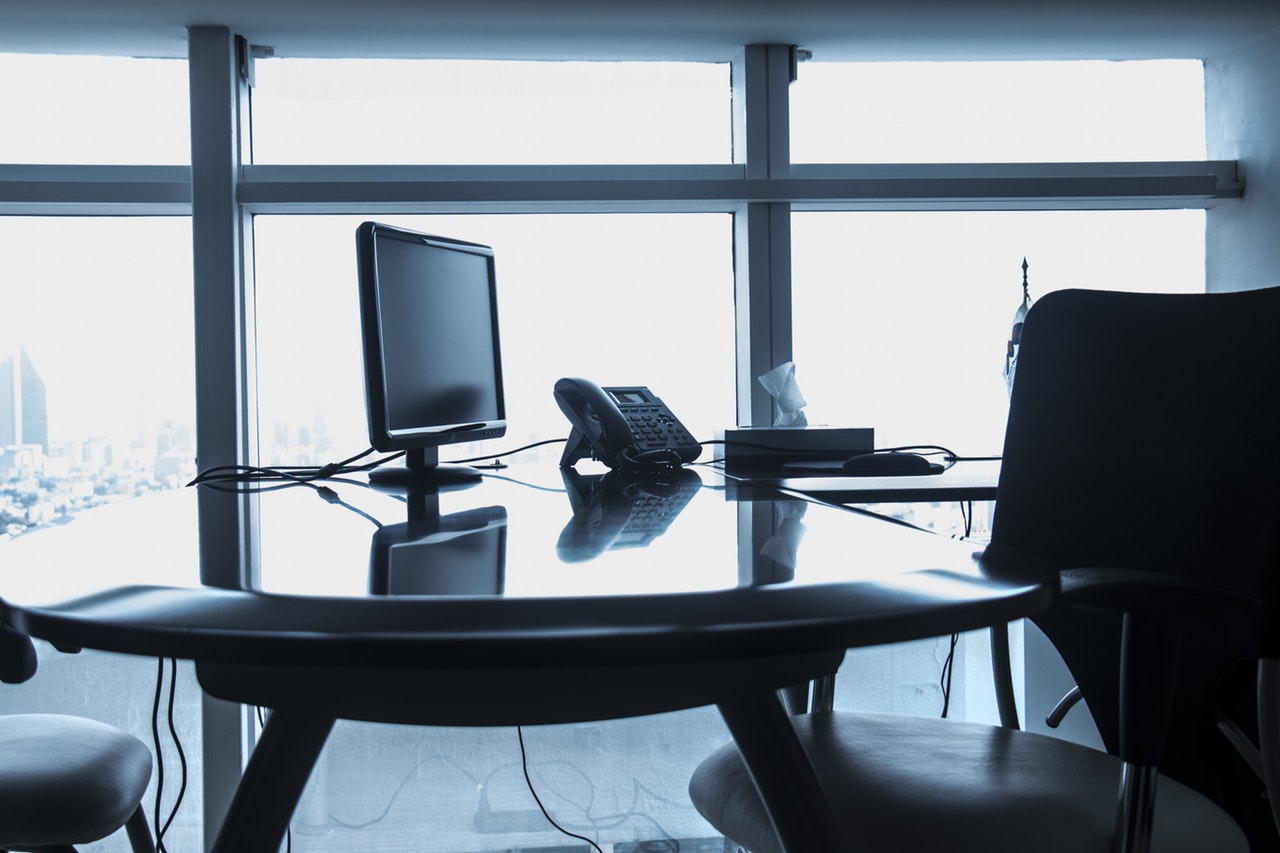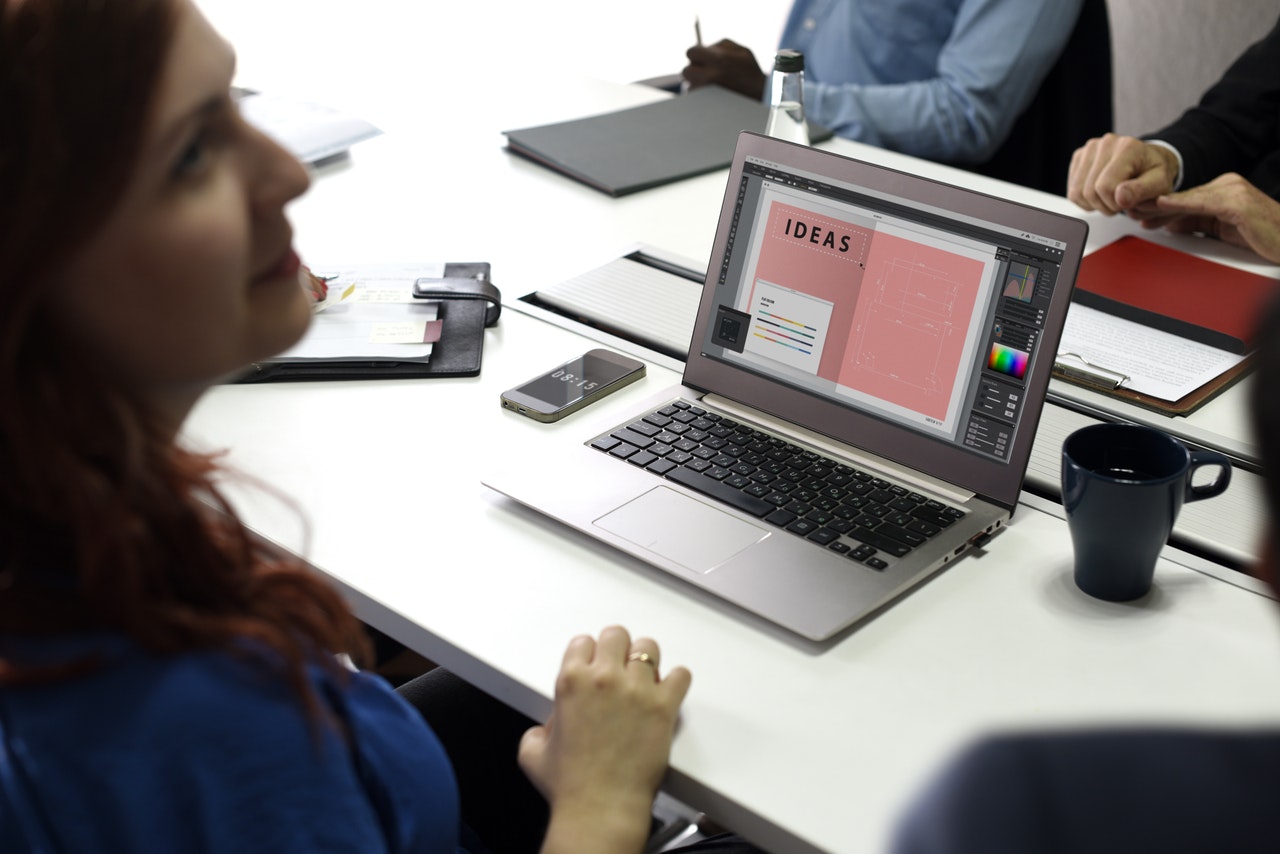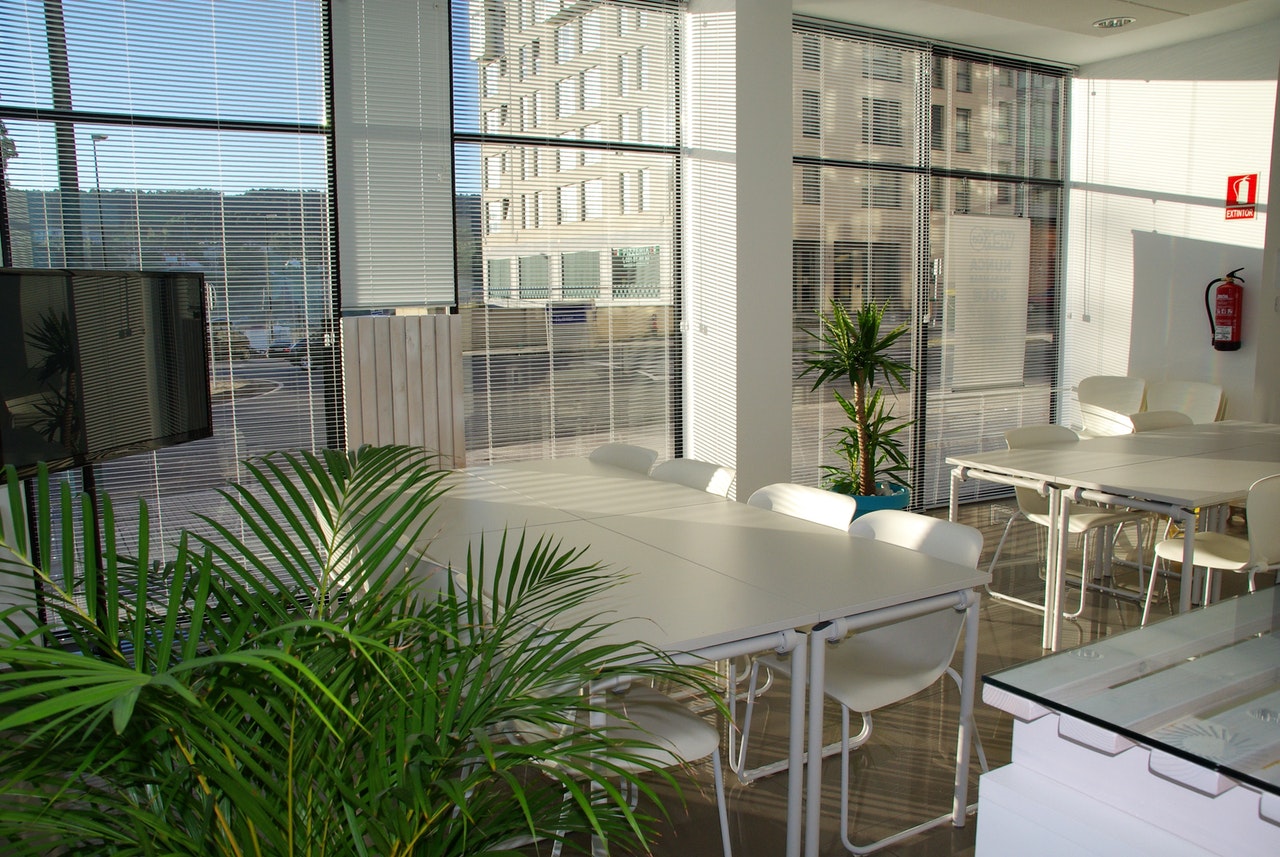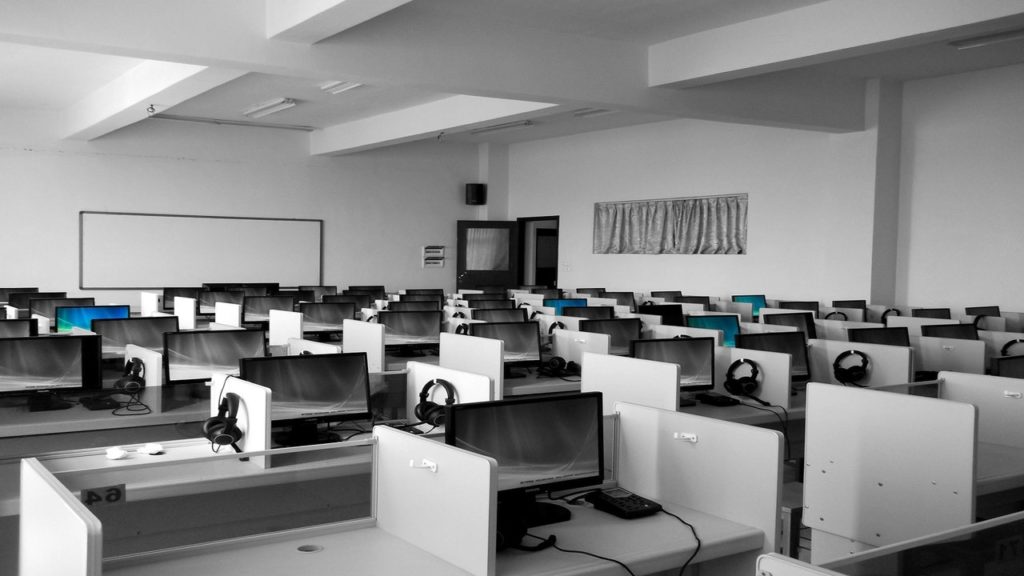Perfect Office Design: The Essential Elements
All companies have a different attitude to what their office base should be like.
In recent years, we’ve heard a lot about the Google offices. Their reputation for games and frivolity has been parodied multiple times by TV shows like Veep; there’s even been an entire movie with unconventional office design and environment as a key plot point. With these new and “innovative” office spaces becoming so well known as to have even made their way into popular culture, many smaller companies have decided to follow suit and switch their conventional office design for something more lighthearted.
However, on the flip side, many businesses completely eschew the way that Google and other Silicon Valley giants are arranging their offices. These people insist that such a working environment is not actually conducive to work; that employees need structure and a professional outlook.
So who’s right? Is innovative, fun-loving office design essential? Or should businesses stick with the tried and true conventional office setup?
The answer isn’t simple. Many people who have worked in these open, “fun” offices absolutely hated it. Others find working in such a building life-changing, for the better, and believe it increases their productivity. The only conclusion to the debate is that it’s nigh-on impossible to reach a conclusion that perfectly suits everyone.
When you’re a business owner, you will eventually be forced to renovate your office space. This means you will be faced with a decision: do you go for a standard setup? Or should you branch out, add a few ping-pong tables, and scrap your employee dress code at the same time?
Rather than try and instruct you as to what will work for your business — as there is no universal “right” answer on that score — let’s pull back a little, to the fundamental, the basics. If you focus too much on the “big picture”, you can quickly lose sight of the macro details that actually have the biggest impact on the way your offices work. If you’re going to be undertaking an office redesign soon, it’s wisest to focus on the core basics rather than aiming for a grand plan. If you get the basics right, then everything else will develop naturally, as your employees require it.
So what are the core basics that every office, from the innovative new tech startup right through to an old-fashioned accountancy firm, need to get right?
The Light Has To Be Fantastic

Lighting has a huge impact on human mood; that is, natural lighting. Humans need daylight to survive, to protect our mental health, to be at our most productive– all things that any savvy business owner will want their employees to be able to achieve.
The lighting in your office space is absolutely crucial. First and foremost, natural lighting.
- Wherever possible, choose the biggest windows that you can. If you can afford, and have the space for, floor-to-ceiling windows, then you’re going to want to do just that.
- Use blinds rather than curtains, as the latter can obstruct the space. Use roller blinds that can be rolled clean away from the window during the winter months, when sunlight is at its most scarce. Conventional office blinds that always block some of the light from outside are a very bad idea. You want your employees to have access to as much natural light as you potentially can.
- If employees are struggling to see computer screens due to light reflecting off them, then either invest in shades for screens to prevent this, or carefully arrange the office furniture so no direct light is ever hitting a screen.
There will, however, be dark days where even the biggest windows aren’t going to allow enough light in. So, it’s important to enhance the natural lighting with electrical lighting.
- Don’t rely on ceiling lights. Yes, they’re convenient, and yes, they’re conventional, but they also produce truly awful light at a horrible angle. If you do want to use ceiling lights, then at least change the bulb to something softer than the standard “office fluorescent”.
- Floor lighting, via strategically placed lamps, is by far your best option. This creates the best ambiance and is the most pleasant kind of internal lighting to work in.
- Add desk lamps to each desk, so that employees who would prefer a little extra brightness can achieve this without bothering other members of staff.
Finally, during the winter months, invest in a SAD lamp for your break room or kitchen area. These lights are designed to mimic sunlight, and can greatly increase both mood and productivity– they’re not expensive either, so this is definitely a step you’re going to want to consider. You can’t use SAD lamps for general lighting, but ten minutes per day near such a lamp — while an employee is making coffee in the kitchen, for example — is sufficient to make up for the lack of natural light over winter.
Individual Desks Are Individually Essential

Over recent years, the trend for offices has been so-called “hotdesking”. When hotdesking is used, no employee has their own desk; everyone just picks desks each day at random. This is meant to save the company money and increase productivity, as employees with a tendency to distract one another will not be seated next to one another on a daily basis. Hot desking is fast becoming the norm, so you might decide it’s the best way forward for your business.
It really isn’t.
Firstly, employees hate hotdesking. They hate not having their own space at work; it makes them feel disorganized and uncomfortable. Secondly, studies have made it clear that hotdesking is an overwhelming negative for most companies who experiment with it. Hot desking causes more employee friction, more time wasted, and a general lack of comfort in their role. It’s not just one study that’s found that hotdesking isn’t a good idea; there’s plenty more that conclude the same thing.
So be a clever business owner and assign members of staff their own desk. It might save you money to encourage hotdesking, but it’s fair to say the downsides to this are substantial.
One of the reasons hotdesking became so popular is due to shift patterns, where only certain members of staff are working at certain times. For example, an employee on the 9-5pm shift would share their desk with employees who then work 6-11pm. Sharing a desk seems a practical idea, but — as discussed — it’s got more downsides than upsides. So you’re going to need to invest in clever office design to ensure you have the space to give every member of staff their own desk.
Desks don’t need to be particularly fancy; they can be functional and inexpensive. Employees would vastly prefer a cheap desk to being forced to share their desk. Provided the desk has a drawer and can withstand the weight of a computer, you don’t need to worry too much about the other design aspects if cost is a concern.
Finally, it’s best to opt for light or metallic desks. Dark furniture can make a room seem heavy and forbidding, which isn’t quite the feeling you’re going to want to foster in your employees.
Decor Delights and Don’ts
The decor of your office is essential, which may come as a surprise to you; it seems relatively immaterial on the surface, but decor really does make a difference. The colors you choose; how you use artwork; and the styles you opt for can all have a huge influence on how your staff behave. Here are a few examples:
- You don’t need to spend a fortune on artwork, but you do need to have some design elements to your decor. No one is going to feel at their best when they’re working in a grey, lifeless, boring room. One of the most cost-effective methods of decorating your office is to use a stencil, which you can use over and over again to great effect. Why not look to micro cutting techniques that can create a stencil of your brand name, or opt for a more decorative scene that you can repeat across walls. Anything that brightens up the walls is going to be of huge benefit.
- Your usage of color is incredibly important; certain colors can make people feel more productive, lively, and ready to work. Research a little into color theory and then choose a color scheme that optimizes the emotions that you want your employees to be experiencing.
- Add plants to an office space to immediately improve how it feels. While your employees can’t be out frolicking in nature when they’re working, bringing the plants indoors can be of huge benefit to your entire staff. A UK study found that office plants increase happiness and productivity, so this is definitely a design element you’re going to want to include in your office overhaul.

Office design can be complicated, especially when deciding whether to use new “fun” office design elements or stick with the tried-and-tested designs of yesteryear. However, if you ensure you have the discussed elements in place, you can be confident that whichever way you decide to leap on design, you have the core fundamentals already in place.




